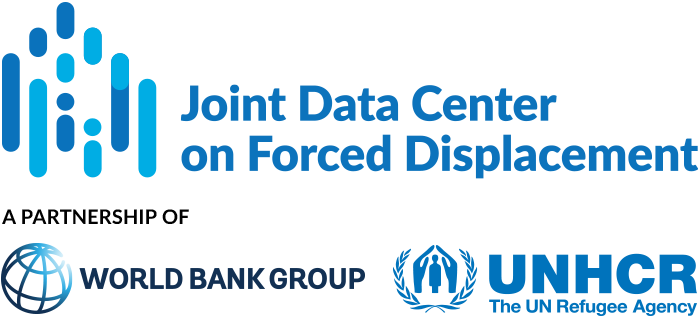Syrian refugees experienced disruptions in their education in Syria due to the conflict, and in Jordan they have encountered impediments to enrolling and remaining in school. This paper examines educational outcomes for Syrian refugees in Jordan, and assesses how...
JDC Literature Review
A Persuasive Peace: Syrian Refugees’ Attitudes Towards Compromise and Civil War Termination
Civilians who have fled violent conflict and settled in neighboring countries are integral to ending or prolonging conflict. Contingent on their attitudes, they can either back peaceful settlements or support warring groups and continued fighting. Attitudes toward...
Property Restitution in Post-Conflict Syria
Property restitution will be challenging in any post-conflict Syria. Restitution and compensation processes will need to take into consideration: (a) the complex, pluralistic legal system governing housing, land and property (HLP) rights in Syria; (b) the widespread...
Unprepared for (Re)integration – Lessons learned from Afghanistan, Somalia, and Syria on Refugee Returns to Urban Areas
This report examines refugee return and reintegration in urban areas of Afghanistan, Somalia and Syria. The analysis is based on key informant interviews, focus group discussions, household case studies, operational case studies, and a literature review. Key points:...
Far from Home: Future Prospects for Syrian Refugees in Iraq
Iraq hosts over 250,000 of the 5.6 million registered Syrian refugees in the Middle East region. 99 percent of Syrian refugees in Iraq have settled in the Kurdistan Region of Iraq (KRI). This report examines the potential for local integration of Syrian refugees in...
Picking up the Pieces: Realities of Return and Reintegration in North-East Syria
From January to June 2018, an estimated 745,000 IDPs and 16,000 refugees returned to their areas of origin in Syria; the majority of returned IDPs had been displaced within their governates. Drawing on data collected from IDP returnees, refugee returnees, IDPs and...
Syria’s Spontaneous Returns
More than 440,000 IDPs returned to their homes in Syria in 2017, and 31,000 refugees returned to Syria in the first half of 2017. This study analyzes spontaneous returns to Syria, based on surveys in Homs, Idlib and Azaz governates, and Aleppo City. The researchers...
Surviving Firms of the Syrian Arab Republic: A Rapid Assessment
This paper details the results from a comprehensive survey of private firms in Syria (in Aleppo, Homs, Hama, Latakia, and Damascus) and provides some interesting insights into the impact of forced displacement on private enterprises. The survey highlights the major...
The Wages of War: Learning from How Syrians Have Adapted their Livelihoods through Seven Years of Conflict
This study explores why some Syrians have been able to adapt their livelihoods during conflict. Protracted conflict has had widespread impacts on people inside Syria: violent incidents causing property destruction, injuries and death occur on average twice per week;...
The Migration of Fear: An Analysis of Migration Choices of Syrian Refugees
This study explores the relationship between refugees’ experiences of violence and their decisions to flee Syria, as well as the factors influencing their intentions to return or migrate elsewhere. The analysis is based on three waves of the Survey on Syrian Refugees...


